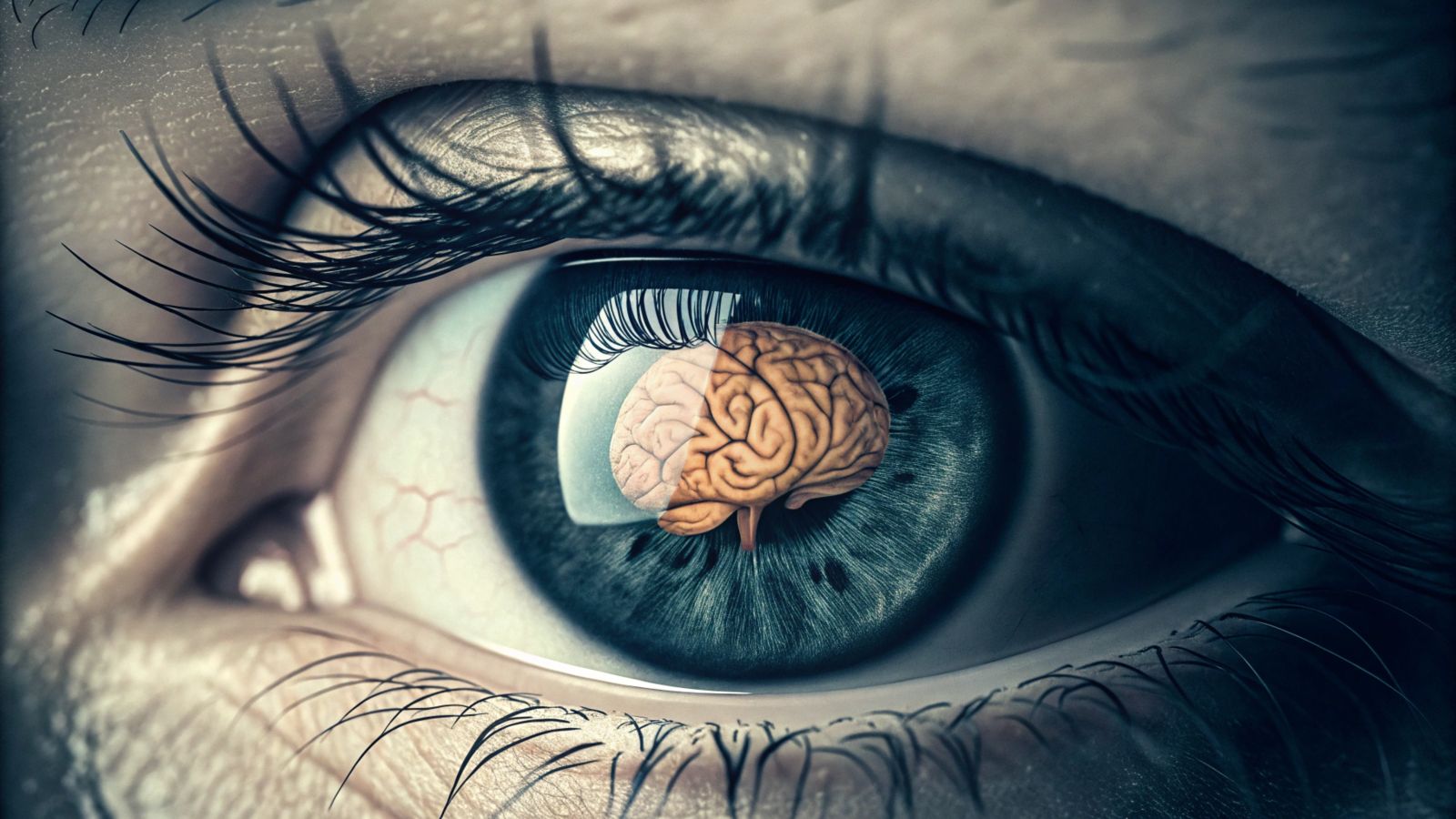Pupils reveal our brain activity 👁️
Published by Cédric,
Article author: Cédric DEPOND
Source: Nature Communications
Other Languages: FR, DE, ES, PT
Article author: Cédric DEPOND
Source: Nature Communications
Other Languages: FR, DE, ES, PT
Follow us on Google News (click on ☆)

This study, conducted by scientists at ETH Zurich, reveals that the brain remains partially awake even during rest. The pupils, by changing size, betray these fluctuations in brain activation, thus offering a new tool to explore the mechanisms of sleep.
Pupils, witnesses of brain activity
The researchers have developed a novel technique to observe pupils during sleep. Using a device that keeps the eyes open, they were able to track pupillary variations over several hours. These measurements revealed that pupils react to different stages of sleep, such as slow waves or sleep spindles.
These fluctuations reflect the brain's state of wakefulness, challenging the idea of a completely inactive brain during rest. The researchers also observed that the brain reacts differently to sound stimuli depending on its level of activation, which is reflected in changes in pupil size.
The results suggest that pupils act as precise indicators of brain activity. This discovery opens the way to a better understanding of the mechanisms of sleep and their links with essential functions such as memory or the regulation of wakefulness.
Promising implications for sleep medicine
These findings could transform the diagnosis and treatment of sleep disorders. By analyzing pupillary dynamics, researchers hope to better understand pathologies such as insomnia or post-traumatic stress. These variations could also serve as markers to monitor wakefulness in comatose patients.
In the long term, this technology could be used outside specialized laboratories, for example in hospitals. It would improve the monitoring of patients with sleep disorders or consciousness disorders, offering more precise and less invasive diagnostic tools.
Pupils, as windows to the brain, open new perspectives for research and medicine. These advances could also contribute to the study of neurodegenerative diseases, such as Alzheimer's, by providing clues about dysfunctions in brain activation.
To go further: why do pupils change size?
The size of the pupils is regulated by muscles in the iris, which contract or dilate in response to light and brain activity. These changes are controlled by the autonomic nervous system, which manages the body's involuntary functions. During sleep, pupillary variations reflect the brain's state of activation, thus providing a valuable indicator of neural activity.
Pupils also react to internal stimuli, such as emotions or stress levels. For example, in cases of surprise or fear, they dilate rapidly. These reactions are linked to the activity of deep brain regions, such as the locus coeruleus, which plays a key role in modulating wakefulness and attention.
During sleep, pupillary fluctuations are correlated with specific phases, such as sleep spindles or slow waves. These variations allow researchers to study the mechanisms of sleep regulation and better understand how the brain transitions from a state of rest to a state of partial wakefulness.
Finally, changes in pupil size could serve as markers to diagnose sleep disorders or dysfunctions in brain activation. This non-invasive approach opens new perspectives for neuroscience research and sleep medicine.